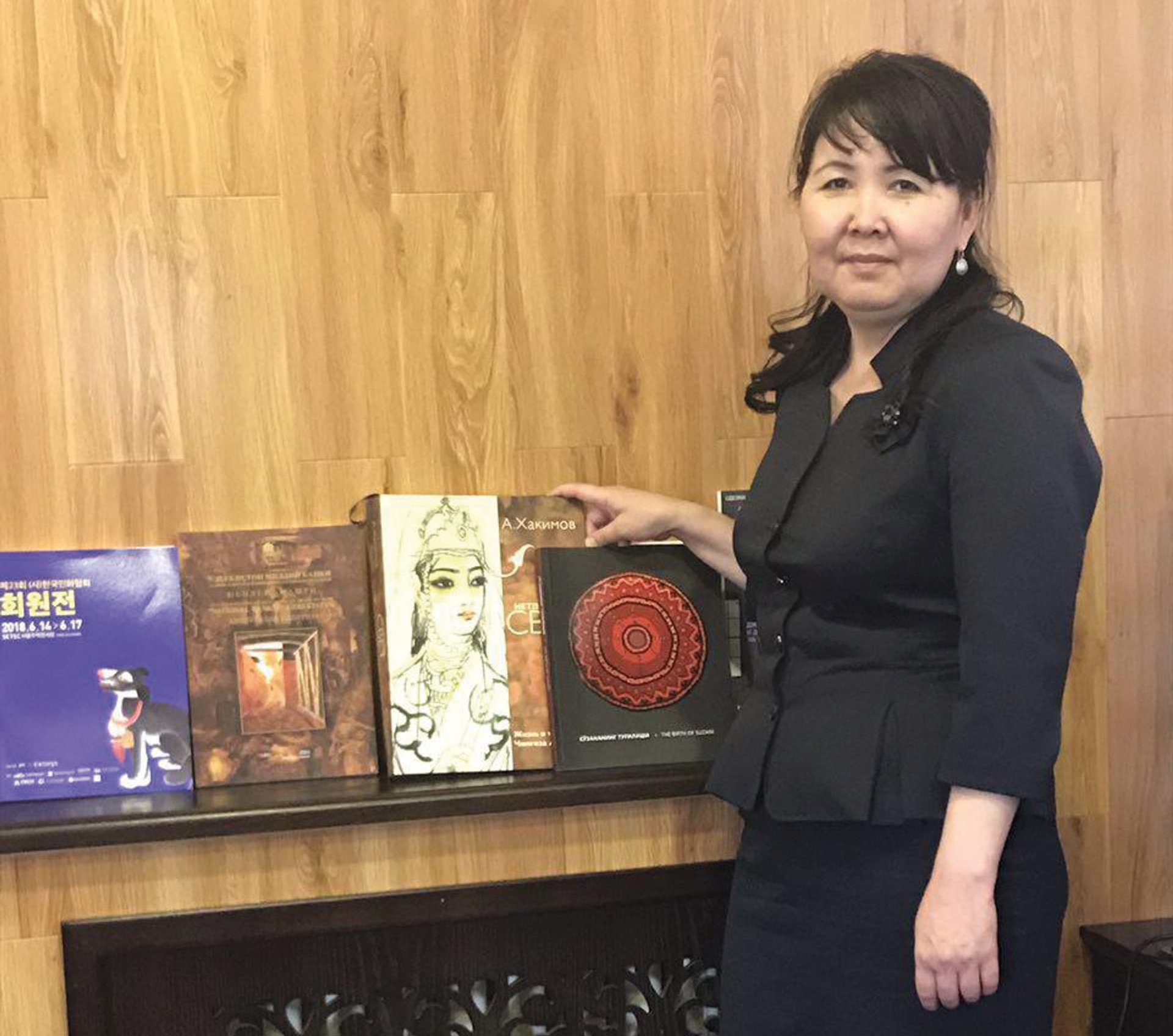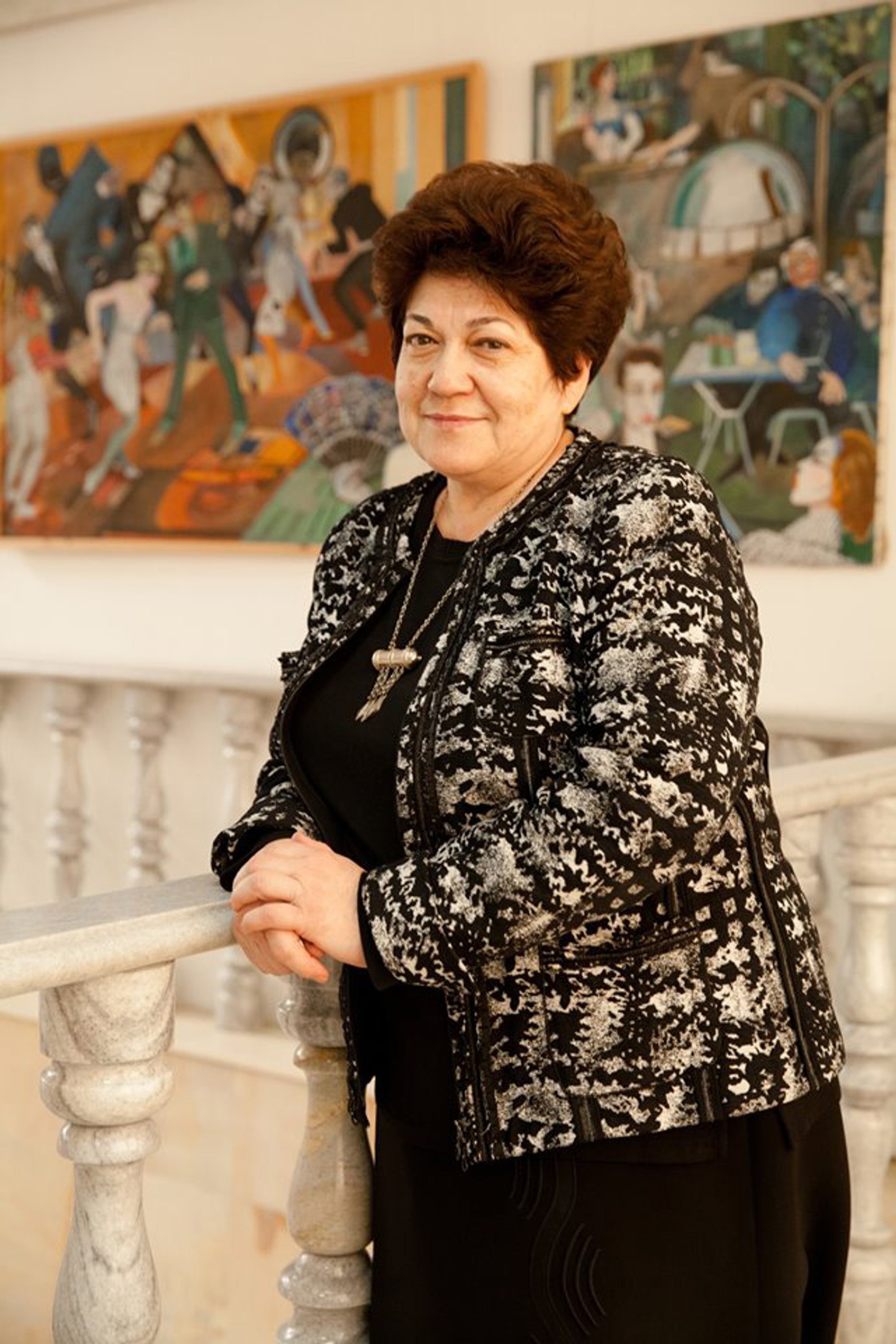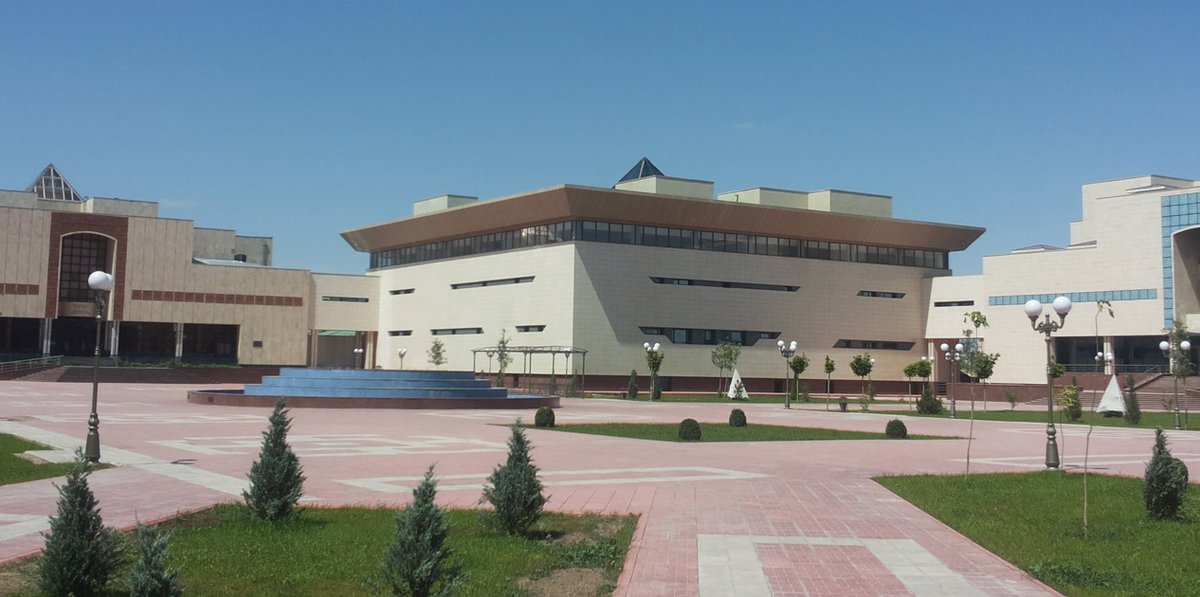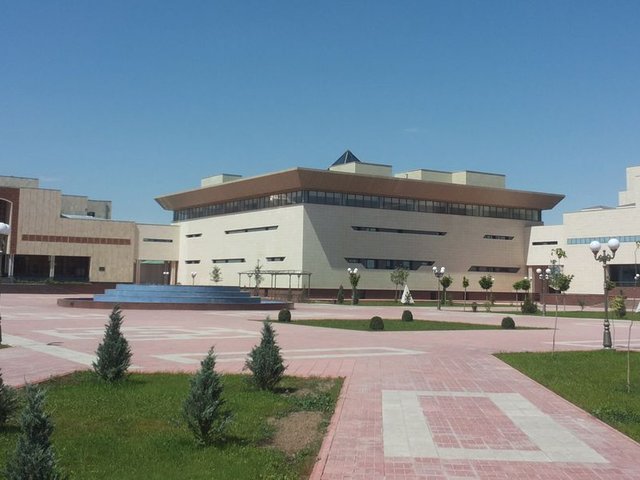The director of Uzbekistan’s Nukus Museum, home to the prized Savitsky collection of Russian avant-garde art, is accusing the ministry of culture of advertising her job behind her back.
In February, a foundation run by the ministry announced an open call for an “experienced director” to “devise and implement an ambitious development strategy” for the museum, which has been plagued by reports of mismanagement and missing gifts. The brief for the post includes raising the institution’s profile through international partnerships, stabilising its finances and training staff to preserve works that are “in desperate need of restoration”. The incoming director will have to deal with concerns that some of the museum’s 10,000 avant-garde paintings (around 2,000 are on show) are being neglected. Woman with Buckets (1914) by Alexander Shevchenko was damaged by a faulty sprinkler last year.
But the recruitment drive came as a shock to the museum’s current leader, Gulbahar Izentaeva, its third new director in four years. “I heard about the competition from my deputy director a few days after the announcement,” Izentaeva says. “I deserved the right to be notified about this announcement because it concerns me, my professional life and my reputation. I deserve to be notified if I am going to be fired, and fired for what?”

The current director Gulbahar Izentaeva, who says the culture ministry advertised her post without notifying her Courtesy of Gulbahar Izentaeva
Timur Kamalov, a senior official at the Art and Culture Development Foundation (ACDF), which has launched the search for a new director, dismisses Izentaeva’s claims and says that she was made aware of the open call before it was published. He encouraged her to apply for the position herself, he adds, but she refused. Kamalov and the foundation’s executive director, Gayane Umerova, also said they were unhappy with Izentaeva’s performance, but declined to provide further details.
The ACDF will recommend its preferred candidate to the autonomous government of Karakalpakstan on 1 June. At the time of writing, two weeks before the application deadline on 25 April, just two people had put their names forward.
Acrimonious departure
The museum is no stranger to scandal. In the 1960s, its founder and first director, Igor Savitsky, chose the western desert region of Karakalpakstan as an unlikely haven from Soviet censorship for his collection of 90,000 artworks and artefacts. But the acrimonious departure in 2015 of Savitsky’s long-serving and respected successor, Marinika Babanazarova, raised international fears for the safety of his treasures.
Babanazarova is highly critical of Izentaeva, who has led the museum since 2017, following short stints by Shynargul Pakratdinova and Makset Karlybaev. “She has nothing to do with the arts, apart from the fact that her father is the chief artist in the community,” she says. “[Izentaeva] has no idea about museology or how to manage, and the staff are unhappy… There have been several cases of damaged paintings since I left—the result of mistreating the collection.”
Babanazarova was herself dismissed from the museum by the Uzbek government in 2015 without explanation after more than 30 years in charge, sparking an open letter of protest from her staff. The decision, presented publicly as her retirement, was linked to allegations investigated by the national security service that she had stolen original paintings and replaced them with fakes.

Long-serving former director Marinika Babanazarova was dismissed by the Uzbek government in 2015 Courtesy of Marinika Babanazarova
She strongly denies these accusations and is still seeking to clear her name. “The authorities were looking for reasons to get rid of me for years. They wanted their own people in the museum, not people loyal to Igor Savitsky and his mission,” she says, citing rumours that officials from the culture ministry want to transfer the collection to the Uzbek capital, Tashkent, more than 1,000km away. “They were angry with me because I wouldn’t do what they wanted. They fabricated this scandal [even though] there is no real evidence against me.”
Nevertheless, Babanazarova has agreed to join the ACDF’s search committee to select the new museum director. “My presence on the jury will look strange, but in order to be inside developments I have to accept their proposal, at least to try and influence the situation,” she says.
Timur Kamalov of the ACDF says that the culture ministry does not have the power to pardon Babanazarova but adds: “We are keen to see her as our partner and truly respect what she has done for the Nukus Museum. We hope that past problems will be resolved to mutual satisfaction and we will be able to work constructively together to make sure that the best candidate [for the directorship] is identified.” Kamalov also dismissed the rumours about the Savitsky collection being moved to Tashkent, saying it belongs in Nukus.
Whatever the outcome of the appointment process, the museum is facing a further blow after its group of international patrons disbanded in March. The Friends of Nukus Museum, a Dutch-registered charity, had raised around $60,000 for museum projects since 2001 and worked in close collaboration with Babanazarova. Its former chairman, David Pearce, says the group has “formally wound down” because of a dispute over gifts to the museum, including books and audio guide equipment worth up to $15,000, “disappearing” after Babanazarova’s departure.
“The authorities never gave an official reason, but people said it was because some of the gifts were imported illegally. We wrote letters to the ministry, but despite meeting with them, and despite promises that the matter would be resolved if we were patient, nothing has happened,” Pearce says. “Uzbekistan is a very opaque place—no one can predict what is going to happen.”




